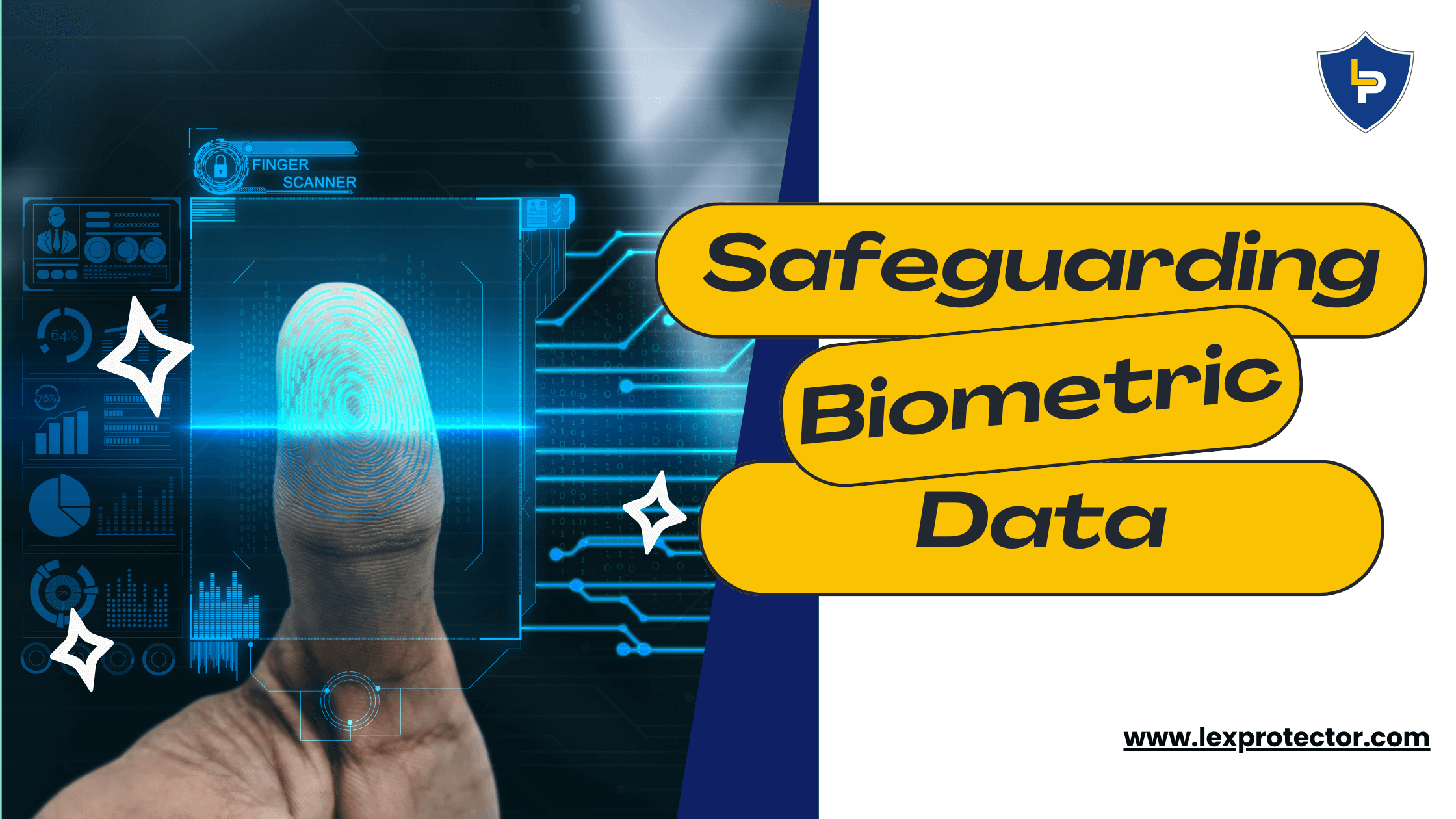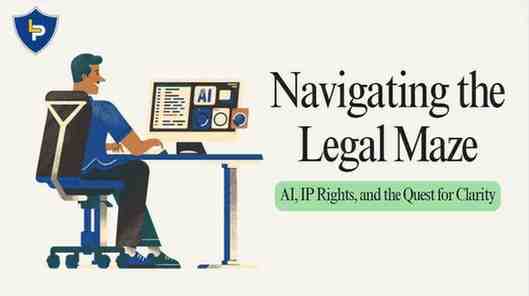Safeguarding Biometric Data as Intellectual Property in the Age of AI

As artificial intelligence (AI) and biometric technology converge, safeguarding biometric data as intellectual property (IP) has become more crucial than ever. Biometrics—such as fingerprints, facial features, and voice patterns—play a fundamental role in modern security systems, spanning personal devices, border controls, and financial transactions. However, while these unique identifiers offer advanced protection, they also present new vulnerabilities, necessitating fresh strategies for securing these digital signatures of human identity.
The Dual Role of Biometrics: Security and Risk
Biometric data, as defined by the International Organization for Standardization (ISO), refers to the “automated recognition of individuals based on their biological and behavioral characteristics.” AI-powered biometric authentication, seen in Apple’s Face ID and other recognition systems, delivers precision security. However, the very uniqueness that makes biometrics effective can also lead to potential misuse, including identity theft, deepfake manipulation, and unauthorized surveillance.
Regulatory frameworks, such as the European Union’s AI Act and various U.S. state laws, attempt to address these concerns. Yet, as AI-driven innovations continue to outpace legal developments, there remains a pressing need for stronger, adaptable protections for biometric data.
AI and Biometric Data: A Double-Edged Sword
AI enhances biometric systems by enabling high-accuracy authentication. For instance, Apple’s Face ID uses AI to create an infrared map of a user’s face, functioning as a unique digital fingerprint. Similarly, voice recognition AI analyzes speech patterns to verify identity. While these innovations improve security, they also raise concerns about data ownership and unauthorized use.
One of the most significant threats is the rise of deepfake technology, where AI-generated replicas of biometric data can be exploited for fraudulent activities. As AI’s ability to analyze and replicate biometric datasets grows, so does the potential for abuse. This underscores the importance of treating biometric data as intellectual property to establish ownership rights and legal protections.
Should Biometric Data Be Treated as Intellectual Property?
Recognizing biometric data as intellectual property could provide individuals with legal claims over their unique identifiers, fostering greater control and security. This approach could also incentivize companies to develop secure, ethical AI-driven technologies. Here’s how different areas of IP law could apply:
- Patents: AI-driven biometric authentication systems could be protected through patents, ensuring that proprietary methods for data collection, encryption, and verification remain secure.
- Copyrights: Biometric data processing techniques—such as algorithms that refine and interpret facial recognition patterns—could be copyrighted to prevent unauthorized replication or modification.
- Trade Secrets: Companies could safeguard biometric authentication algorithms and pre-processed datasets under trade secret laws, restricting unauthorized access and use.
However, balancing IP protection with privacy laws remains a complex challenge. While IP rights could empower individuals and businesses, over-protection might limit accessibility and innovation. A transparent regulatory framework is needed to ensure that legal protections do not infringe on privacy rights or ethical AI development.
Striking a Balance: Privacy, Innovation, and Trust
At the intersection of privacy, technology, and commerce, biometric data requires a legal framework that harmonizes innovation with public confidence. Governments, legal experts, and technology leaders must collaborate to craft policies that:
- Ensure Transparency: Companies collecting biometric data must disclose usage policies, providing individuals with clarity on data ownership.
- Strengthen Consent Mechanisms: Users should have explicit control over how their biometric data is stored, processed, and shared.
- Regulate AI and Deepfake Technologies: Robust policies should be implemented to prevent biometric data exploitation through deepfake technology.
- Encourage Ethical AI Development: IP protections should promote secure AI systems while preventing monopolization or misuse of biometric data.
Conclusion
As AI continues to shape biometric authentication, treating biometric data as intellectual property offers a potential pathway for enhancing security, privacy, and innovation. A well-structured legal framework can empower individuals with ownership rights while incentivizing companies to develop responsible, secure biometric technologies. By fostering ethical AI development and reinforcing public trust, we can ensure that biometric advancements serve society’s best interests without compromising personal security or privacy.



